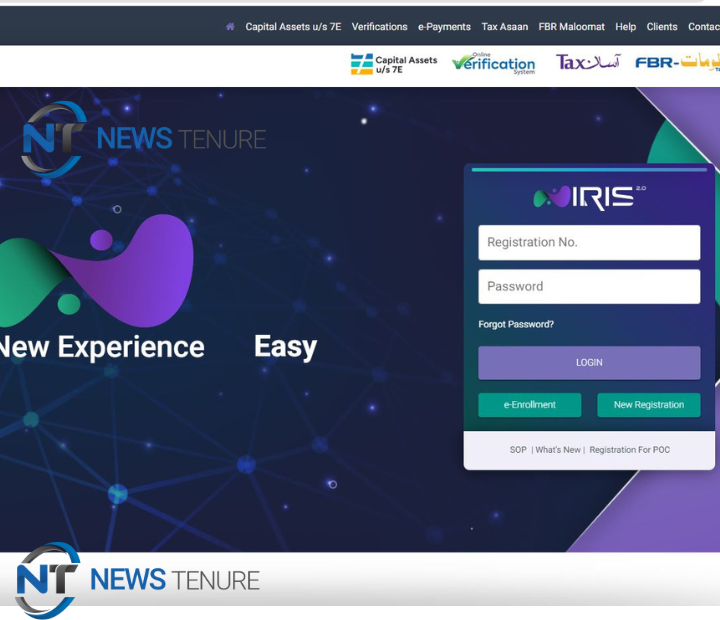The XCV Panel, short for “eXpandable, Configurable, and Virtual Panel,” is a groundbreaking concept in user interface design. That aims to revolutionize the way users interact with digital platforms. This innovative approach focuses on creating dynamic, context-aware, and user-adaptive interfaces that provide a seamless and tailored user experience.
XCV Panel Core Principles
The XCV Panel concept is built on three key principles:
eXpandable:
XCV Panels are designed to expand and contract dynamically, accommodating the changing needs of users. This adaptability allows users to scale the panel based on their preferences, screen size, and the task at hand. By providing only relevant information and tools, the XCV Panel reduces clutter and enhances usability.
Configurable:
Users have the flexibility to configure the content and layout of the XCV Panel to match their workflow and priorities. This customizability empowers users to organize tools and features in a way that makes the most sense to them, ultimately boosting productivity and user satisfaction.
Virtual: The virtual nature of XCV Panels means that they can exist across various digital platforms, devices, and contexts. Whether on a desktop computer, tablet, smartphone, or even wearable device. XCV Panels can adapt and provide an optimal experience, making them future-proof and versatile.
XCV Panel Key Features and Advantages
Context Awareness:
XCV Panels are context-aware, intelligently adjusting their content based on factors such as the user’s current task, location, device, and preferences. This ensures that users are presented with the most relevant tools and information at any given moment.
Personalization: By enabling users to configure and customize the XCV Panel, this concept caters to individual preferences and workflows. This personal touch enhances user engagement and reduces the learning curve associated with new interfaces.
Efficiency: XCV Panels streamline the user experience by providing quick access to frequently used features and functions. Users no longer need to navigate through complex menus or search for specific tools, leading to improved efficiency and a more fluid interaction.
Adaptability: As new technologies and platforms emerge, XCV Panels can seamlessly transition to different environments without sacrificing usability. This adaptability makes them a strong candidate for enhancing user experiences in emerging fields like augmented reality, virtual reality, and wearables.
XCV Panel Challenges and Future Directions:
While the XCV Panel concept holds immense potential, several challenges need to be addressed, including:
Technical Complexity:
Developing interfaces that are dynamic, context-aware, and adaptable requires advanced technologies such as artificial intelligence, responsive design frameworks, and modular architecture.
User Education:
Familiarizing themselves with the concept of XCV Panels might take time for users, especially those accustomed to traditional static interfaces.
Consistency:
Striking a balance between adaptability and maintaining a consistent user experience across different contexts and devices is a crucial consideration.
Conclusion
The XCV Panel concept represents a paradigm shift in user interface design, offering adaptability, personalization, and efficiency in a single package. As technology continues to evolve. We can expect XCV Panels to play a pivotal role in shaping the future of user experiences across a wide range of digital platforms.




